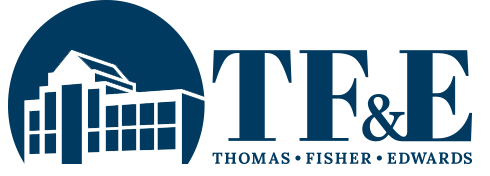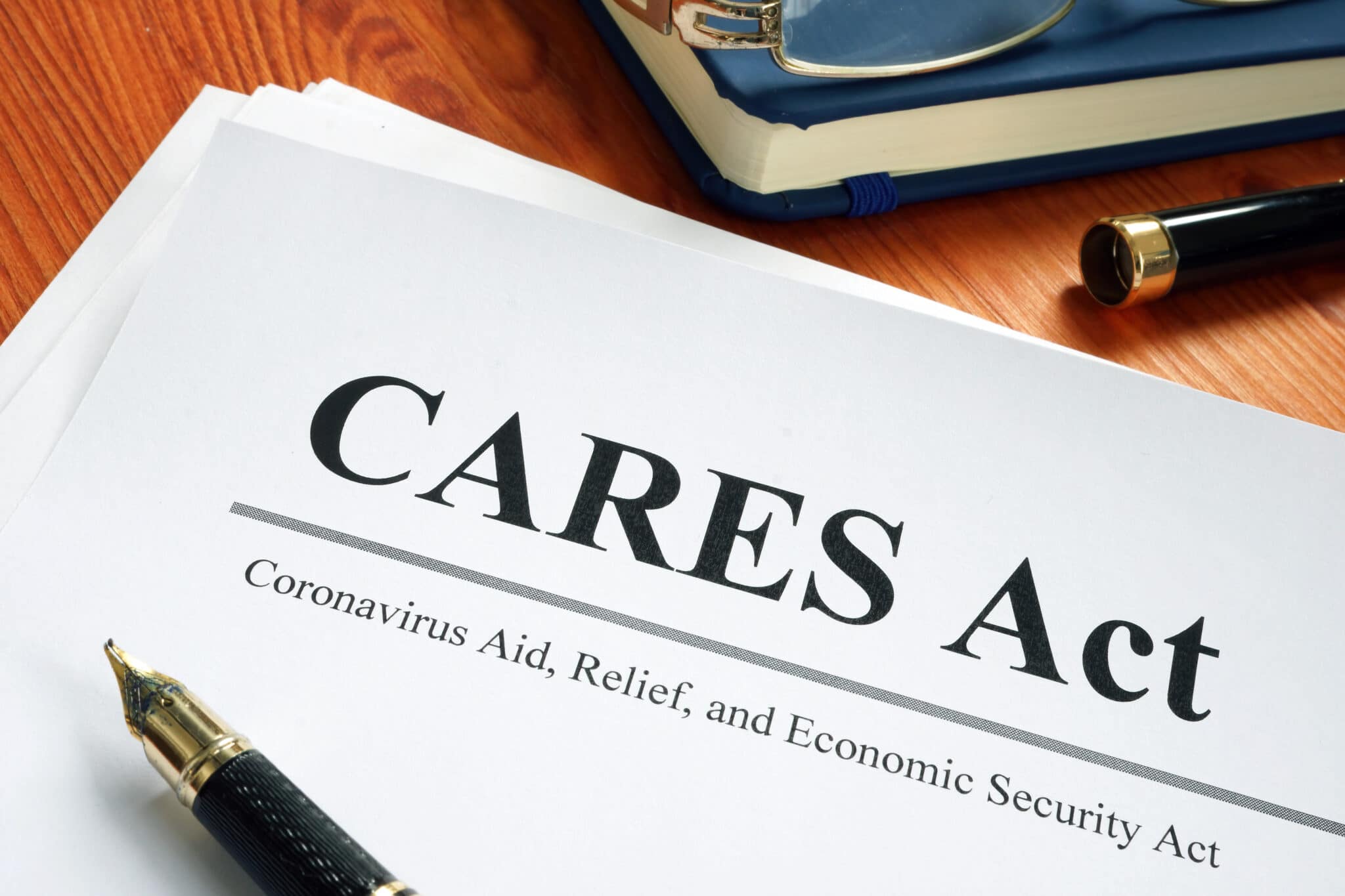On Friday, March 27, 2020, President Trump signed into law what is generally referred to as the Coronavirus Aid, Relief, and Economic Security Act (the “CARES Act” or the “Act”). While the most publicized aspect of the CARES Act provides for direct payments of up to $1,200 for eligible individual taxpayers ($2,400 for eligible couples filing joint returns), subject to certain income limitations, other provisions of the Act, such as the Paycheck Protection Program, may have a stronger impact on the economy.
We feel that it is important that our clients—whether individuals or business entities—are aware of the CARES Act and its contents. Not all aspects of the CARES Act are addressed in this memorandum. Rather, this memorandum focuses on the Paycheck Protection Program; however, we have mentioned other provisions of the CARES Act and other Coronavirus-related legislation, as applicable, which you may find useful. We hope that this memorandum serves as a resource to you regarding the programs and aid available to individuals and businesses during this unprecedented time. After careful review of this memorandum, please let us know if you would like to further discuss with one of our attorneys.
Paycheck Protection Program
The CARES Act expands the lending program under Section 7(a) of the Small Business Act by creating the Paycheck Protection Program (the “Program”). The Program allows small businesses to obtain loans for purposes of paying payroll costs, mortgage interest, rent, and utilities expenses (“Covered Loans”) and provides for the forgiveness of Covered Loans if certain requirements are met. The Small Business Administration (“SBA”) accepts responsibility for the forgiven portion of the loan.
In general, eligible borrowers include businesses—including eligible non-profits, Veterans organizations, Tribal concerns, sole proprietorships, self-employed individuals, independent contractors, and other business entities—with five hundred (500) or fewer employees, and certain businesses with more than five hundred (500) employees that are within the limits of certain SBA industry classifications. Borrowers must have been in operation as of February 15, 2020 and impacted by the COVID-19 pandemic (it is presumed that eligible businesses have been impacted for purposes of the Program). Further, borrowers must make a good faith certification that (i) the uncertainty of the current economic conditions makes the Covered Loan necessary for the ongoing operations of their business and (ii) the borrower will use the funds to retain workers, maintain payroll, and make mortgage, rent and/or utility payments.
The maximum loan amount is the lesser of (i) two hundred fifty percent (250%) of the borrower’s average monthly payroll costs (i.e., approximately two and one-half months’ payroll costs) or (ii) Ten Million Dollars ($10,000,000). In most cases, average monthly payroll must be calculated based on the borrower’s payroll costs in the 2019 tax year. Payroll costs include (i) salaries and other compensation, (ii) health insurance premiums, (iii) retirement benefits, (iv) vacation, parental, family, and sick pay, and (v) state and local taxes. Payroll costs do not include federal tax withholdings, unemployment taxes, compensation to any individual with a primary place of residence outside of the United States, or compensation to an individual in excess of One Hundred Thousand Dollars ($100,000) annually.
Borrowers will be able to apply for loan forgiveness for amounts used for payroll costs (excluding compensation of individuals in excess of $100,000, as prorated for the time period from February 15 to June 30), mortgage payments, rent payments, and utilities (i.e., electricity, gas, water, transportation, telephone, and internet) during the 8-week period beginning on the date of loan origination; provided, however, that only twenty-five percent (25%) of the loan amount may be used for non-payroll costs. Critically, the portion of the loan that is eligible for forgiveness is reduced if the borrower either reduces its workforce or reduces the salaries of its employees (other than those employees making more than $100,000 annually). Amounts forgiven are not included in the borrower’s taxable income.
Covered Loans will have no guaranty or collateral requirement, no prepayment penalty, and no application or origination fee. The usual requirement for a borrower to look for credit elsewhere prior to applying for a Section 7(a) loan is not applicable to Covered Loans under the Program. The interest rate on Covered Loans cannot exceed four percent (4%), and payments of principal and interest on any portion not forgiven are deferred for at least six months, and for up to one year in some circumstances.
Eligible businesses may apply for a Covered Loan at any time prior to June 30, but the Act specifically allocates $349 billion to the Program, and those funds are available on a first-come-first-serve basis. Banks will begin accepting applications on Friday, April 3. Most banks have been certified to provide Covered Loans under the Program. Contact your bank or visit www.sba.gov for more details.
Select Payroll Tax Credits Available to Employers
In addition to the Program, the CARES Act also provides employers with a refundable quarterly payroll tax credit for up to fifty percent (50%) of qualified wages paid by eligible employers to an employee (“Employee Retention Credit”). For purposes of this credit, up to Ten Thousand Dollars ($10,000) of qualified wages paid after March 12, 2020 and before January 1, 2021, per employee, is permitted. Eligible employers include any employer whose operations have either (i) been fully or partially suspended by government order, or (ii) experienced greater than fifty percent (50%) reduction in quarterly receipts, measured on a year-over-year basis. Recipients of Covered Loans under the Paycheck Protection Program are not eligible for this credit.
Another bill signed by President Trump on March 18, 2020 generally referred to as the Families First Coronavirus Response Act (“FFCRA”) provides employers with less than five hundred (500) employees with two additional payroll tax credits, designed to fully reimburse employers for the cost of providing Coronavirus-related leave to their employees. For an employee who is unable to work because of Coronavirus quarantine or self-quarantine or has Coronavirus symptoms, the paid sick leave credit (“Sick Leave Credit”) provides employers with a refundable payroll credit at the employee’s regular rate of pay, up to Five Hundred Eleven Dollars ($511) per day and Five Thousand One Hundred Ten Dollars ($5,110) in the aggregate, for a total of ten (10) days. The Sick Leave Credit is also available at a reduced rate for two-thirds (2/3) of the employee’s rate of pay, up to Two Hundred Dollars ($200) per day and Two Thousand Dollars ($2,000) in the aggregate, for up to ten (10) days for an employee who is caring for someone with Coronavirus or caring for a child because the child’s school or child care facility is closed. Additionally, eligible employers are entitled to an additional tax credit determined based on costs to maintain health insurance coverage for the eligible employee during the leave period.
FFCRA also provides for a child care leave credit (“Child Care Leave Credit”) for an employee who is unable to work because of a need to care for a child whose school or child care facility is closed or whose child care provider is unavailable due to the Coronavirus. This Child Care Leave Credit is equal to two-thirds (2/3) of the employee’s regular pay, capped at Two Hundred Dollars ($200) per day or Ten Thousand Dollars ($10,000) in the aggregate. As such an eligible employer may qualify for up to ten (10) weeks of qualifying leave towards this credit. This credit is in addition to any Sick Leave Credit mentioned above.
Other Select Provisions of the CARES Act
- Small business owners affected by COVID-19 can apply to the SBA for Economic Injury Disaster Loans of up to Two Million Dollars ($2,000,000). This fund allows for advances of up to Ten Thousand Dollars ($10,000) within just three (3) days, and the advance does not have to be repaid, even if the subsequent application for an Economic Injury Disaster Loan is denied. The uses of advances under this program are similar to those under the Paycheck Protection Program.
- Individuals can take distributions of up to One Hundred Thousand Dollars ($100,000) from eligible retirement plans (e.g., IRAs, qualified profit sharing and 401(k) plans, 403(a) and (b) plans, and 457(b) governmental plans) without incurring the ten percent (10%) penalty tax normally applicable to such distributions, so long as the distributions are made in the 2020 calendar year to an individual (i) who is diagnosed with COVID-19, (ii) whose spouse is diagnosed with COVID-19, or (iii) who is experiencing adverse economic consequences due to being quarantined, furloughed, laid off, or having to work reduced hours due to COVID-19.
- Required minimum distribution requirements are waived for 2020.
- Individuals will be allowed an above-the-line charitable deduction of Three Hundred Dollars ($300) on their 2020 tax returns.
- The sixty percent (60%) limit on charitable deductions for individuals and ten percent (10%) limit on charitable deductions for corporations are not applicable for 2020 tax returns.
- Student loan repayments (up to Five Thousand Two Hundred Fifty Dollars ($5,250)) are temporarily added to the list of payments that an employer can make on behalf of an employee for education assistance for 2020. Such payments by the employer on behalf of an employee are not included in the employee’s taxable income.
Thomas, Fisher & Edwards, P.A. is committed to providing quality legal services throughout this challenging time, while also keeping the health of both its employees and clients in mind. If you have any questions regarding the Paycheck Protection Program, other provisions of the CARES Act, or the credits provided by the FFCRA, please contact our office to set up a phone or video conference.
If you are interested in applying for the Paycheck Protection Program, please see the application form from the U.S. Department of the Treasury at the link below:
https://home.treasury.gov/system/files/136/Paycheck-Protection-Program-Application-3-30-2020-v3.pdf






